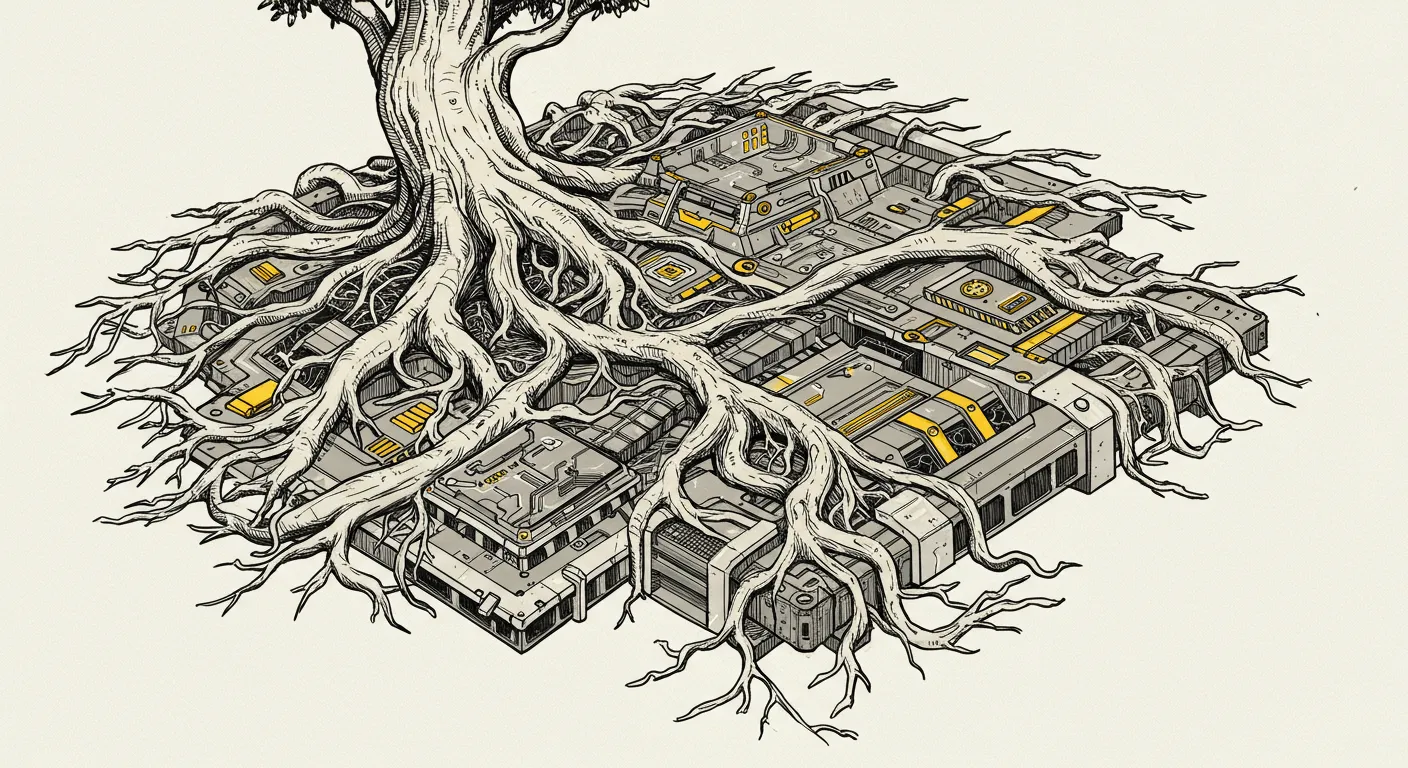Online commentators recently surfaced a nostalgic discussion about Silicon Valley's origins, revealing a landscape that's changed dramatically over decades. The Stanford Research Park emerges as a pivotal location where technology and entrepreneurship first took root, transforming a rural area into a global innovation hub.
The discussion highlighted personal memories that paint a vivid picture of the region's transformation. Commenters recalled Route 237 as a country road with a single flashing traffic signal, surrounded by orange groves and local lunch spots like the Bier Garten. These anecdotes underscore how rapidly the area evolved from agricultural land to a technology powerhouse.
Fred Terman, a key figure mentioned in the conversation, played a crucial behind-the-scenes role in developing this ecosystem. His connections between Stanford University and emerging tech companies helped create an environment where innovation could flourish. The research park became more than just an office complex—it was an experimental ground for technological collaboration.
What's fascinating is how organically this transformation occurred. Unlike planned tech zones in other regions, Silicon Valley grew through a combination of academic vision, entrepreneurial spirit, and local infrastructure development. The park became a magnet for companies that would later define global technology.
Today, while the orange groves are long gone and the landscape is unrecognizable from earlier descriptions, the legacy of Stanford Research Park continues. It remains a testament to how strategic vision and collaborative environments can create unprecedented technological ecosystems.


